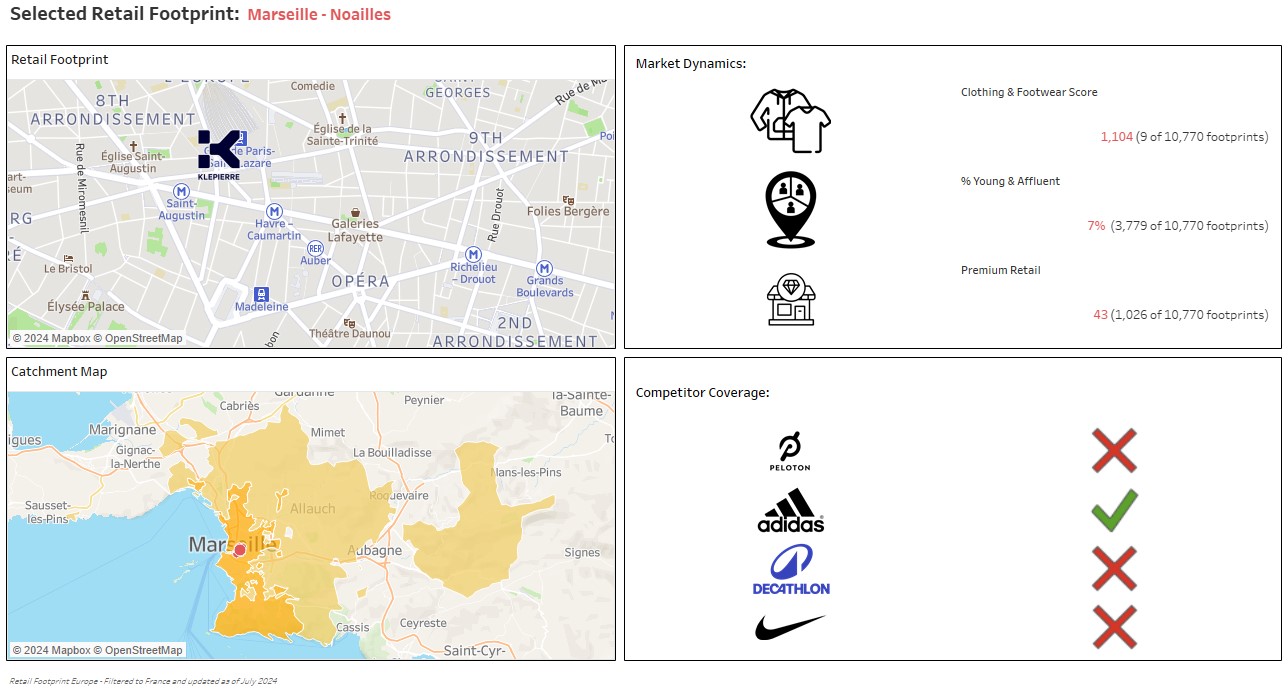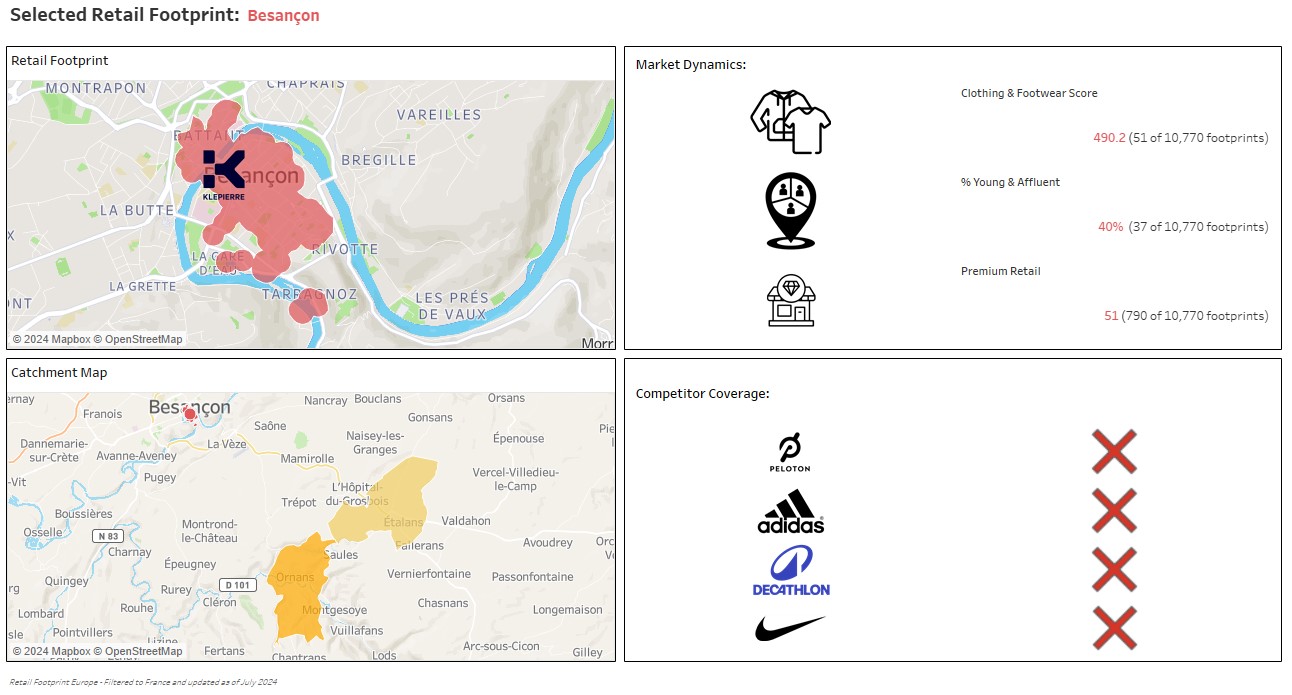Segmentation is supposed to be a game-changer. So why does it so often fall flat in its usage?
Brands across all industries are investing heavily in customer and market insight. They’re building out data stacks, running research programmes, and developing segmentations designed to bring them closer to the people they serve. But too often, these segmentations never make it past the PowerPoint.
Why? Because segmentation alone is not the solution. Activation is.
At CACI, we work with some of the biggest brands across the globe to not only build rich, human-first segmentations, but also to bring them to life across customer journeys, media, CRM and more. In this blog, we unpack some of the most common pitfalls and what you can do differently.
The segmentation isn’t designed with activation in mind.
Segmentations often fail at the very first hurdle, design. If your segmentation isn’t built around your business objectives, and if it can’t be operationalised in real channels and systems, it’s not going to drive value.
We’ve seen segmentations based purely on attitudes, for example, which look good on paper but don’t correlate with real-world behaviour or media targeting capabilities. If your internal outreach teams or agencies can’t translate your segments into audiences, you’re stuck.
That said, attitudinal segmentation does have its place. It’s pros & cons include:
- Pros: Deeper emotional insight supports brand and communications planning and is particularly useful in crowded marketplaces where differentiation is key.
- Cons: Difficult to operationalise (e.g. can’t be directly tagged to customers), less predictive when embedding into data science models, and reliant on representative survey data.
The most effective segmentations are often hybrid, rooted in behaviour, enriched by lifestyle and attitudinal data, and shaped around actual use cases, whether that’s cross-sell opportunities, churn prevention or campaign targeting.
The organisation isn’t brought along the journey.
Another common issue is a lack of internal buy in. If your segmentation was built in isolation, without input from CRM, digital, media, product or frontline teams, it’s unlikely to gain traction once delivered.
We’ve seen successful segmentations fall flat simply because they weren’t embedded into planning tools, contact strategies or proposition development.
Our suggested approach to avoid this is including immersive workshops and cross-functional planning sessions to ensure your segmentation isn’t just understood, it’s embraced and adopted across the business.
There’s no path to implementation
Even the best segmentation means little without a roadmap for putting it into action. This is where many agencies step back, but it’s where they need to step forward.
A model can’t simply be handed over and walked away from. Teams must design journeys, identify “next best actions,” score individuals based on likelihood to convert or churn, and help activate segments directly in your CDP, media or CRM systems.
An example of this in action is our work with Away Resorts.
Having previously partnered with CACI; Away Resorts turned to us to help make sense of a sudden influx of customer data. We delivered a bespoke market segmentation that captured the needs and motivations of UK holidaymakers, which was then appended to Away Resorts’ customer base to reveal where they were over or under indexed against the market.
The segmentation, grounded in robust quantitative research, focused on differing holiday expectations, behaviours and booking motivations. These segments were enriched with CACI’s proprietary data, Ocean, to provide a detailed view of lifestyle, attitudes, demographics, marketing preferences and media consumption.
Once priority segments were identified, Away Resorts conducted qualitative interviews to bring them to life. These insights were embedded into Power BI reporting at a segmented level, enabling the business to refine both on and off-peak marketing strategies with more effective messaging.
The impact? Tangible, data-driven insights that now inform executive decision making, campaign planning, and media channel selection, ultimately helping Away Resorts optimise marketing spend and deliver more targeted, effective campaigns.
Ready to avoid these pitfalls?
Now that you know the common traps, discover the proven strategies to build segmentation that drives measurable business impact.
Download our in-depth guide: “Why Segmentations Fail and How to Avoid Them.”
















